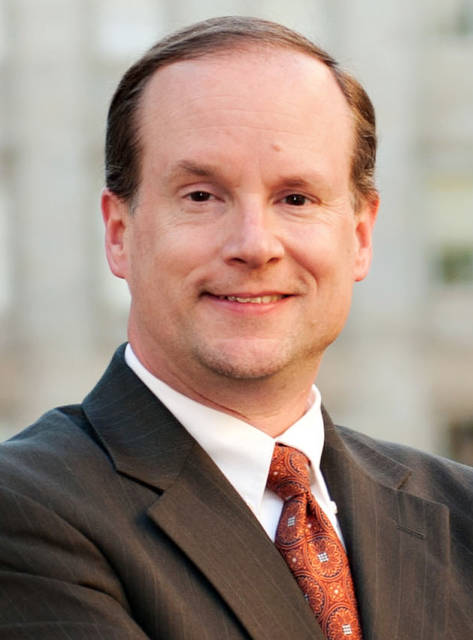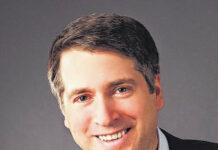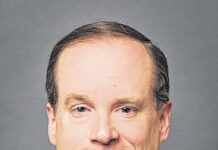RALEIGH — In North Carolina politics, Democrats dominate urban areas while Republicans win suburban and rural voters. Outcomes are determined largely by which counties have the highest turnout in a given election.
If you follow state politics, you’ve heard some version of this explanation many times. As a sort of shorthand version of political analysis, it provides useful insights. But like all forms of shorthand, it has the potential to be misread or misinterpreted.
Imagine you assembled in a hotel ballroom 100 people who cast ballots in 2016. Imagine you asked them to stand on one side of the room if they voted for Hillary Clinton and on the other side of the room if they voted for Donald Trump. Voters who marked their presidential ballots for someone else could stand in the center or in some other corner of the room as desired.
If 57 of the 100 people ended up on the Democratic side, 37 people stood on the Republican side, and six stood elsewhere, that would reflect the presidential vote in Wake County, which cast the most votes of any urban North Carolina county in 2016. Hillary Clinton would be the choice of the majority, but it would be exceedingly odd to pretend you didn’t see the other 43 people.
Flipping the scenario around, if 58 of the 100 people stood on the Trump side of the room, 38 people on the Clinton side, three people held up “Gary Johnson for president” signs, and one person wrote her own name on her sign, that would comport with the 2016 presidential vote in Cabarrus County.
Both places have unmistakable partisan leans. And both places contain political diversity. Indeed, counties don’t vote — people do. A gubernatorial vote for Roy Cooper in deep-red Randolph County or for Pat McCrory in bright-blue Orange County had just as much weight in 2016 as votes cast according to majority sentiment.
As you can see, I just employed some partisan shorthand in the previous paragraph. It has its uses. But if we forget that it’s shorthand, that there are lots of Democratic voters in “red” counties and Republican voters in “blue” ones, we run the risk of exaggerating the extent of the partisan divide and oversimplifying conditions that are actually complicated and interesting.
For example, what is the “suburban vote?” For his blog OldNorthStatePolitics.com, Catawba College political scientist Michael Bitzer recently took a closer look at North Carolina’s current party registrations. Rather than apportioning voters according to just three geographic categories — urban, suburban, and rural counties — Bitzer subdivided the urban counties by more specific locations.
In Mecklenburg County, for instance, Bitzer classified registrants within Charlotte itself as “central city” voters. Those residing in other municipalities such as Matthews, Pineville, or Huntersville, or in unincorporated areas, were classified as “suburban area” voters within the urban county. He did the same thing for Guilford voters outside of Greensboro, Forsyth voters outside of Winston-Salem, Buncombe voters outside of Asheville, and so on.
Bitzer’s analysis revealed that while 48 percent of central-city voters across North Carolina were registered Democrats, vs. 20 percent registered as Republicans, the gap disappeared for urban voters outside the central cities: 33 percent were Democrats and 33 percent were Republicans.
Those “suburban area within urban county” voters, in turn, differed from voters just over the line in suburban counties such as Union (next to Mecklenburg) and Johnston (next to Wake). Statewide, the suburban counties had 39 percent Republican registration to 29 percent Democratic. As for rural counties, their average partisan registrations (41 percent Democratic and 30 percent Republican) were close to the statewide totals, which illustrates another important complication: party registration and voting behavior aren’t the same things.
Millions of right-leaning North Carolinians live in blue or purple places. Millions of left-leaning North Carolinians live in red or violet ones. Even as we use shorthand to describe electoral campaigns and political debates, let’s not forget that. Let’s not ignore those people standing elsewhere in the room. Real communities aren’t politically monochrome.








